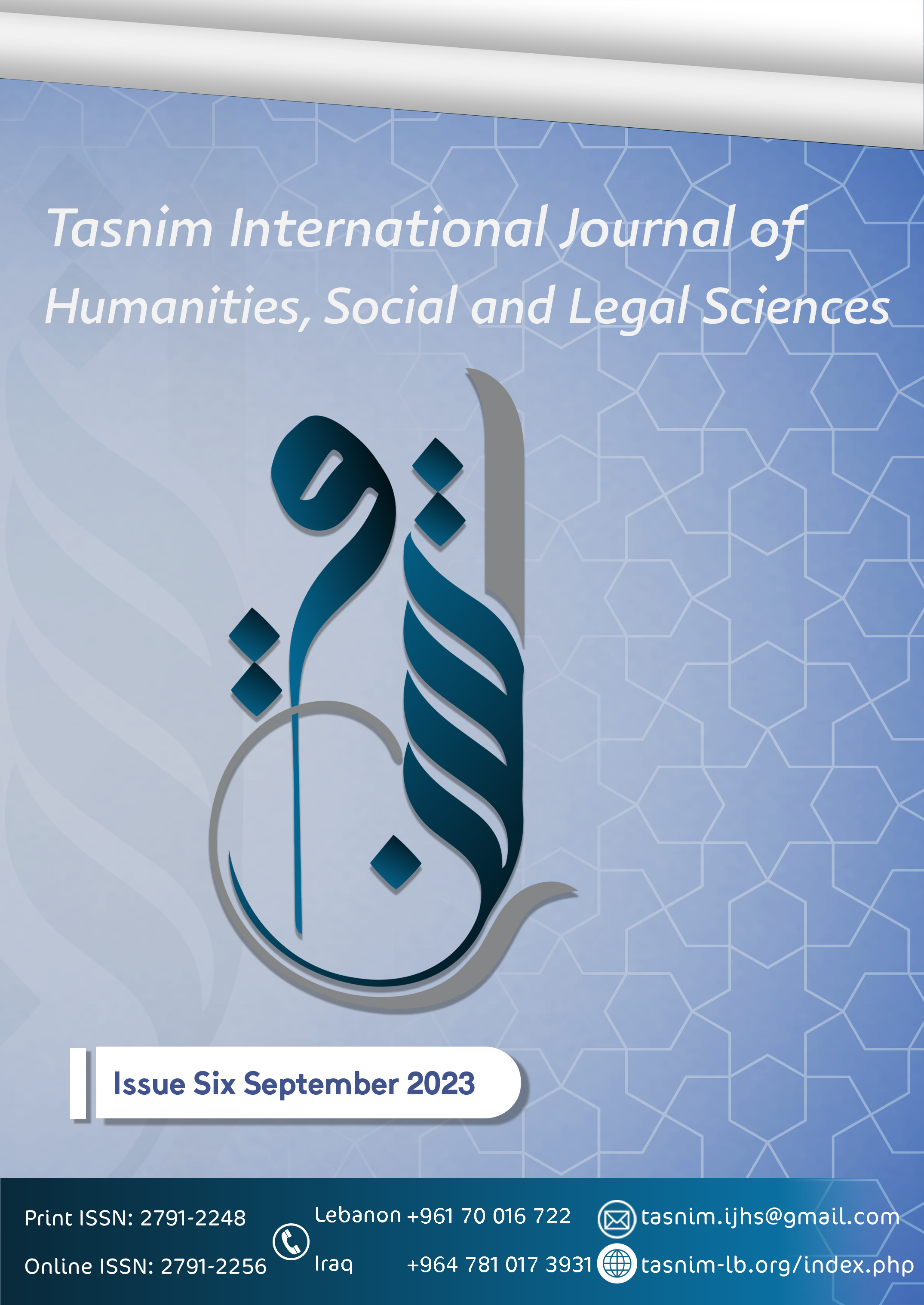Unveiling Shakespeare’s Dramatic Irony: The Art of Deception and Revelation on Stage
DOI:
https://doi.org/10.56924/tasnim.6.2023/21Keywords:
Shakespearean drama, irony, Romeo and Juliet, Twelfth Night, Othello, types of ironyAbstract
William Shakespeare’s critics often label the irony yielding a comic situation as ‘comic irony’: it is that irony whose effect is to arouse laughter, hence intensifies the audience’s desired response. More often and powerful than comic irony is the tragic irony that undertakes to emphasize the limited scope of man’s mind and understanding. It is, however, the assumption of the researchers that it is also most likely to speak of another type of dramatic irony, which can be labeled as ‘semi-comic’, ‘semi-tragic’, or even ‘tragi-comic’ to indicate its being neither comic per se nor merely tragic, but a mixture of both. It brings about an effect of “mingled pain and amusement.” It renders laughter and fear at the very time; but the dramatic situation eventually decides which surpasses what. This scholarly article primarily focuses on the utilization of irony within three Shakespearean plays, namely Twelfth Night, Romeo and Juliet, and Othello. The analysis delves into the dramatic exploration and skillful manipulation of three distinct forms of irony within these works.
Downloads

Downloads
Published
How to Cite
Issue
Section
License
Copyright (c) 2023 Tasnim International Journal for Human, Social and Legal Sciences

This work is licensed under a Creative Commons Attribution-NonCommercial-NoDerivatives 4.0 International License.





